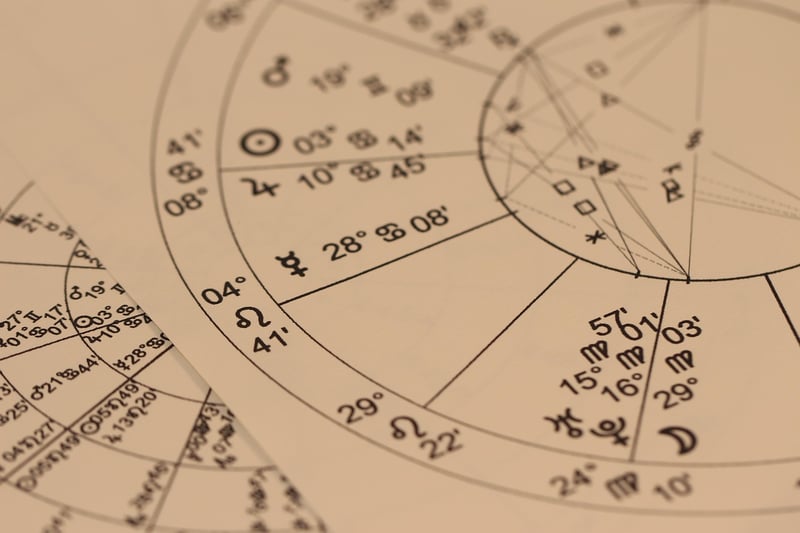Constellation Guide
Chart the Stars + Constellation Guide
Introduction to Stargazing
Stargazing is a fascinating hobby that allows you to explore the wonders of the night sky. Whether you are a beginner or an experienced astronomer, learning to chart the stars and identify constellations can enhance your celestial experience.
Understanding Constellations
Constellations are patterns of stars in the sky that have been named and identified by various cultures throughout history. They serve as a way to navigate the night sky and tell stories from mythology.
Popular Constellations
- Orion
- Ursa Major (Big Dipper)
- Cassiopeia
- Leo
- Pegasus
How to Chart the Stars
Charting the stars involves using star maps or astronomy apps to locate specific stars and constellations in the night sky. It's helpful to have a red flashlight to preserve your night vision while stargazing.
Tips for Stargazing
- Choose a dark location away from city lights
- Use a telescope or binoculars for a closer look
- Learn to identify key stars for orientation
Constellation Guide
Here are images and descriptions of some popular constellations:
Orion

The Orion constellation is one of the most recognizable in the night sky, featuring the famous Orion's Belt.
Ursa Major (Big Dipper)

Ursa Major, also known as the Big Dipper, is a prominent constellation visible in the northern hemisphere.
Cassiopeia

Cassiopeia is a constellation named after a queen in Greek mythology, known for its distinctive W shape.
Leo

Leo is a constellation representing a lion and is best seen in the spring months.
Pegasus

Pegasus is a constellation associated with the winged horse from Greek mythology.
Explore these constellations and more in the night sky for a magical stargazing experience!
